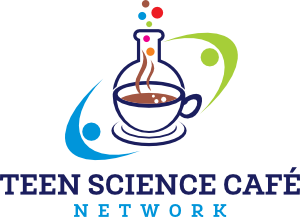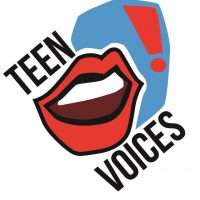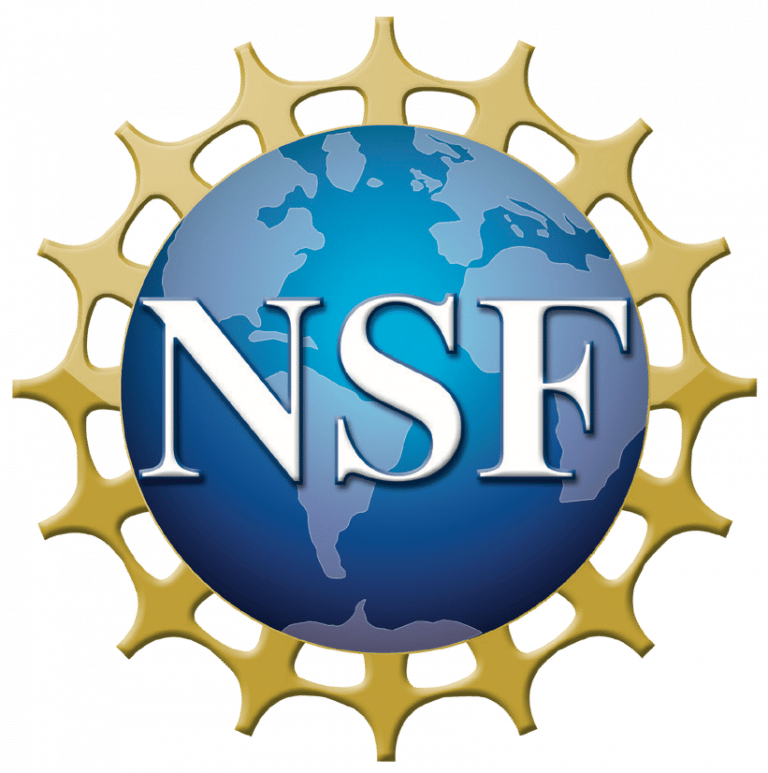Key partnerships can enrich your Teen Science Café program and make it successful and sustainable.
Use the ideas list below to assess your particular café needs and wants, and brainstorm what potential local partners may be awaiting you to ask them!
Don’t forget to consider your most important partners—your Teen Leaders—when approaching potential local partners. Prep a couple upstanding teens by asking them beforehand to think about why the Teen Science Café is important to them and why they think it is important to other teens and the community. What are their favorite things about the café? Encourage them to share their thoughts and feelings about the café with prospective partners! The teens will learn important skills in marketing, networking, partnership building, and their voice can be very influential.
I. Partnership purpose: get assistance with a recurring supply of STEM professionals for Café speakers.
Ask yourself: Which places might be recurring sources of presenters? Which places in my community might be interested in nurturing future chemists, engineers, doctors/nurses/technicians/EMTs, veterinarians, electricians, computer programmers, psychologists, biologists, agronomists…?
Tips: Scan your Chamber of Commerce business directory to help you think out of the box. Go to the local college website and type ‘Outreach’ in the search bar.
colleges?
non-profits?
businesses?
agencies?
see Seeking Presenters? Where to Look.
see Careers in Science (note tabs across top).
II. Partnership purpose: monetary sustainability.
Ask yourself: Who shares my or my organization’s interest in STEM education? STEM outreach? Youth leadership? Public science communication? Informal education or after school opportunities for my community’s teens?
Tips: start scanning websites! Look for sections to do with “community support”, “grants”, or “donations”. Make phone calls! Get in touch with a person in charge and politely and very briefly introduce yourself, your café program and its purpose, and state that you are looking for (a one-time/in-kind/ongoing) monetary support for your café. If you know or suspect the organization has a shared interest in supporting local youth, or STEM education initiatives, you may want to mention that.
businesses
banks
local railways and other transportation companies (they have an interest in STEM)
foundations
Search “civic organizations” or “civic association” or “service club” [and your city or county name]
i.e., Rotary, Lions, Kiwanis, Optimists…
see Sustaining Funding for Teen Science Cafés.
see Ads Can Add Up – Advertising in Teen Science Cafés
III. Partnership purpose: to source & supply potential Teen Leaders, and to consistently advertise to their teens about the Café:
schools – Look up the school website to find the emails of the STEM subject teachers and school counselors. Is there a leadership club with a teacher sponsor?
youth organizations
ex. Scouts, 4H, teen centers, Boys and Girls Clubs and YMCA/YWCA programs for teens
homeschooling networks
parent groups
large community employers – Might they include advertisements and announcements for your café in their staff newsletter or other internal correspondence?
IV. Partnership purpose: to supply a recurring venue for the café.
Are you wanting a steady location for the cafés but don’t have a great one yourself to offer? Often the best location is one that is easily accessible by teens. Where do the demographics that you hope to interest live? Is it accessible for them by foot? By bus or train route? Next consider ambience & needs (AV? Lighting? Tables/chairs/couches/beanbag chairs? Are you able to bring in outside food?).
library branches
a real café or restaurant (& perhaps they will sponsor the cost of the food & refreshments as well!)
teen center or community center room
college student lounge or other meeting room
maker space
small community theater space
meeting rooms of STEM-related businesses
V. Partnership purpose: to help foster diversity and cultural relevance.
Some of these associations and societies may have a strong local membership—it can’t hurt to enquire! Perhaps a local member might be a great speaker, or perhaps the local chapter can advertise your café needs (for speakers/teen attendees/teen leaders) to their local membership and other networks.
STEM entities on a local college campus or in the business community that focus on under-represented populations (see Addressing Cultural Disconnects in a Teen Science Café): (please note that this is not a vetted nor complete list!)
National Society of Black Engineers (NSBE)
American Association of Blacks in Energy (AABE) – chapter search by zip code
National Society of Black Physicists (NSBP)
National Society of Hispanic Physicists (NSHP)
Society of Professional Hispanic Engineers (SPHE)
Society of Women Engineers (SWE)
Society of Women Geographers (SWG)
Association for Women in Mathematics (AWM) – speaker database
Association for Women in Science (AWIS)
Association for Women Geoscientists (AWG) – US chapters by state
Association of Women Surgeons (AWS)
Association for Women in Computing (AWC)
VI. Partnership purpose: to advertise the café to the broader community.
Email or phone local media outlets well in advance of the event to find out what their requirements are. If you are advertising for an event, they will have an event section. If you are looking for teen leaders, that will go in a different part of the newspaper. Partnering with local media outlets could be a great way to get the news and needs of your café to the eyes of parents/decision makers/potential partners you haven’t even thought of! Don’t forget to include your contact info in any press releases.
media outlets:
local newspapers
local free press newspaper
local magazines
marquees of local sports arenas or community centers
VII. Partnership purpose: to lighten the workload for adult leaders by sharing café administration between multiple collaborating organizations.
Here is an example of how 3 café organizations collaborate, so that each holds its own café program, but share the administrative tasks between them.
The Gateway TSC Node in St. Louis, MO is made up of three sites: The Saint Louis Science Center, the Academy of Science-St. Louis, and Cahokia High School. These three sites provide support for each other by dividing up responsibilities for recruitment of scientists, website management, social media, and grant writing. The Academy takes the lead on website management and social media, while the Science Center heads up grant writing. All three sites take turns recruiting scientists. Each partner is responsible for finding and training one scientist per semester; the other two partners cover the other months. In addition, the evaluation forms for each cafe are coordinated so that each site can maintain their record keeping according to their respective organizations’ format, while also collating the information in the evaluations for grant writing purposes. When it comes to seeking funding, it is often easier to receive grants and awards when multiple partners are involved.
Not only does partnering with other organizations lighten the workload for adult leaders, the teens benefit as well. In the Gateway TSC Node, the teen leaders from the different sites work together to critique the scientists’ presentations during dry runs, provide feedback on the hands-on activities, and plan for the cafes. In addition, teen leaders attend a fall training and a spring end-of-year celebration together. These retreats provide an opportunity for teen leaders to learn from each other, be a part of a supportive network of teens, and work with others from backgrounds that are very different from their own.
If being a part of a local node is not an option, TSC sites can still form local partnerships with other non-profit groups. Some TSCN members partner with groups such as 4-H to aid in café activities, while other sites partner with universities to aid in scientist recruitment. The chances are good that there are other organizations that support the mission of TSCs and are willing to form a partnership.
Long distance collaborations are also a great option, given that there are several methods of electronic communication, including Skype, Zoom, and FaceTime, to name a few. New sites can benefit from mentorship by more established sites. The Gateway TSC Node has worked with a new site that is a few hours away in Farmington, MO. Through long distance communication and a few in person meetings, the Farmington site was able to utilize resources provided by the Gateway Node, such as the SynBio Kits.
VIII. Partnership purpose: show teens how to work together in a professional setting at the organization level, and not just with the other teens sitting at their table.
The hope is that the teens in this program will gain valuable experiences with science and leadership, but there is also the opportunity for them to develop a better understanding of how to work together in a professional setting at the organization level, and not just with the other teens sitting at their table. TSCs have the potential to offer more to the teens than even they realize.


